
Sharpness, contrast, vignetting, CA and distorsion are important and measurable characteristics of a lens. The bokeh is equally important but it is not measureable. If I speak about the bokeh of a lens - e.g. in my lens reviews - it is more a feeling, originated from sample images I have in mind. But such feelings can be wrong and I have never really analysed the bokeh systematically. With this article I will try to make a step in that direction. I'm also planning bokeh comparisons for other focal lengths, so stay tuned.
You may ask "why another bokeh comparison"? Firstly, I found only very few on the Web. My favourite is photozone.de, they shoot a bokeh test image for each of their lens reviews. Secondly, many of the comparisons I found are not complete in my point of view. The bokeh images of photozone.de are more close-ups. But often lenses - especially modern zoom designs with their lots of wildly moving lens elements - do not show the same bokeh behaviour at every focus distance. Nonetheless, photozone.de shows us the important transition zone - the area close to the focus plane, especially behind. Others, i.e. Ken Rockwell, ignore the transition zone completely!
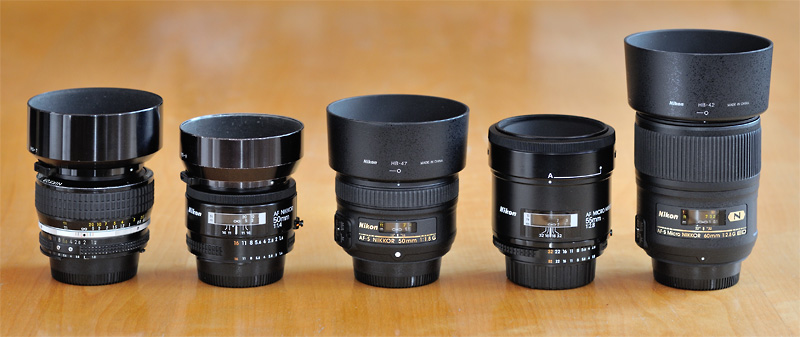
|
|
The candidates. Three 50mm Nikkor standard lenses, the f/1.2 from the early 80s, an f/1.4 AF from the middle of the 80s and the modern f/1.8 AF-S; then two Micro-Nikkor lenses, the 55mm f/2.8 from the middle of the 80s and the 60mm f/2.8 AF-S of Nikon's current lens line. |
Every 50mm Nikon standard lens I have tried so far (around 10 different lenses/versions) produces an ugly bokeh wide open (maybe, the new and expensive 58mm f/1.4 is an exception, but I have not tried it yet). Here is the 50mm f/1.2 wide open:
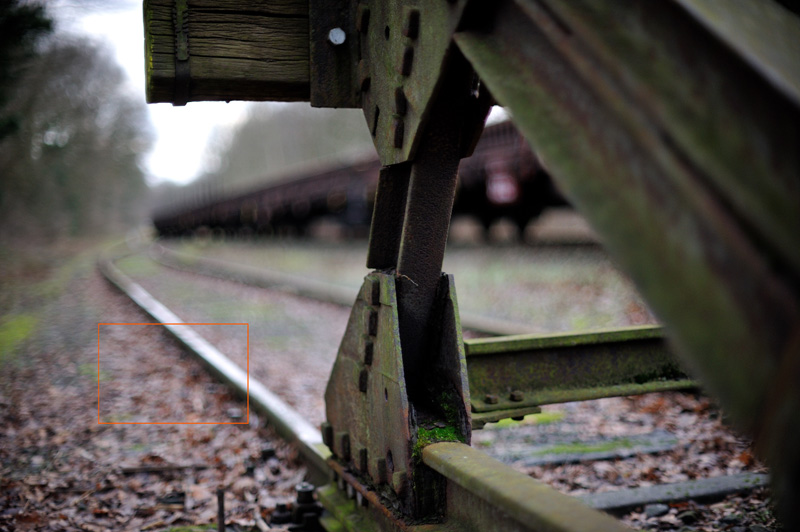
|
|
Bokeh test image, shot with the D700 plus Nikkor 50mm f/1.2 at F1.2 and at a focus distance of 2 metres. Below a 100% crop of the transition zone. It looks very nervous. |
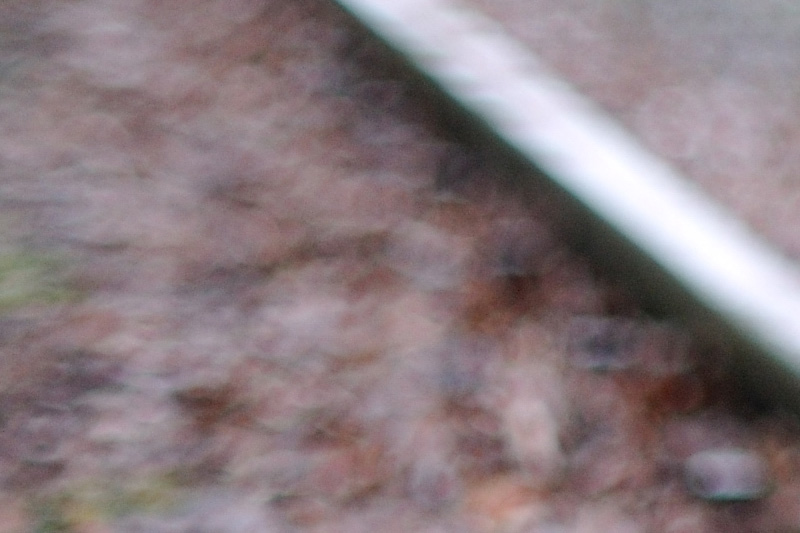
|
Nevertheless, slightly stopped down there are differences in terms of the bokeh quality between the three standard lens candidates.
Lets compare 100% crops of the transition zone at F2:
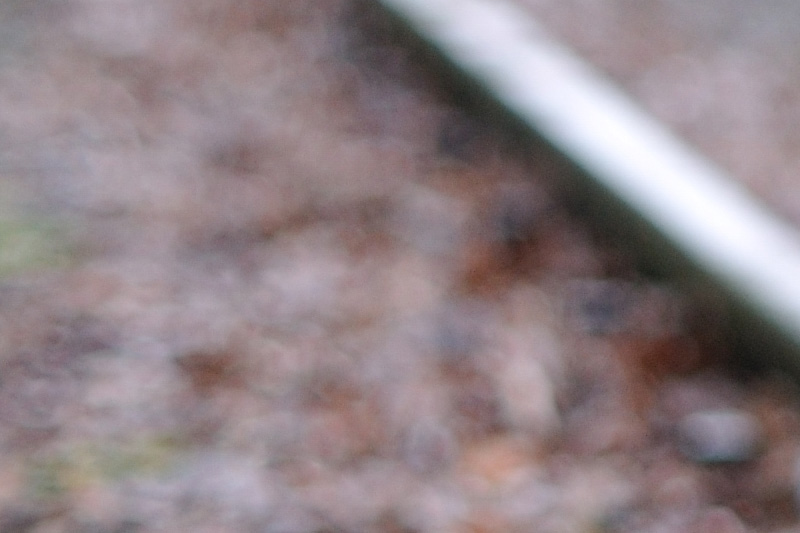
|
|
Nikkor 50mm f/1.2 @F2. The bokeh is much smoother at F2 than at F1.2! |
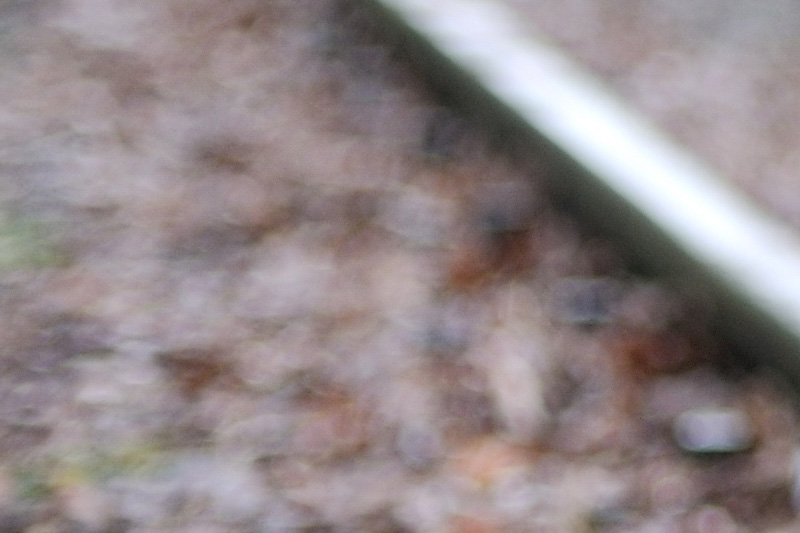
|
|
AF Nikkor 50mm f/1.4 @F2. The f/1.2 is clearly better! |
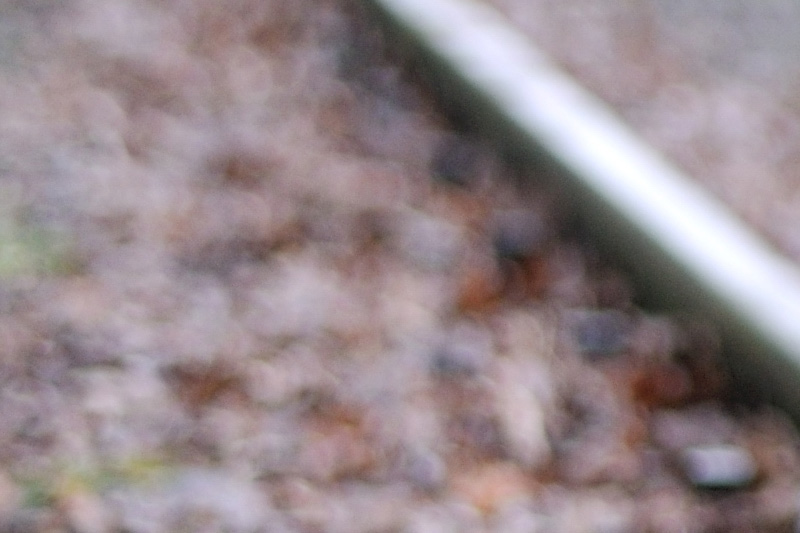
|
|
AF-S Nikkor 50mm f/1.8 @F2. It looks similar to the f/1.4. |
For my eyes the f/1.2 is also the winner at F2.8:
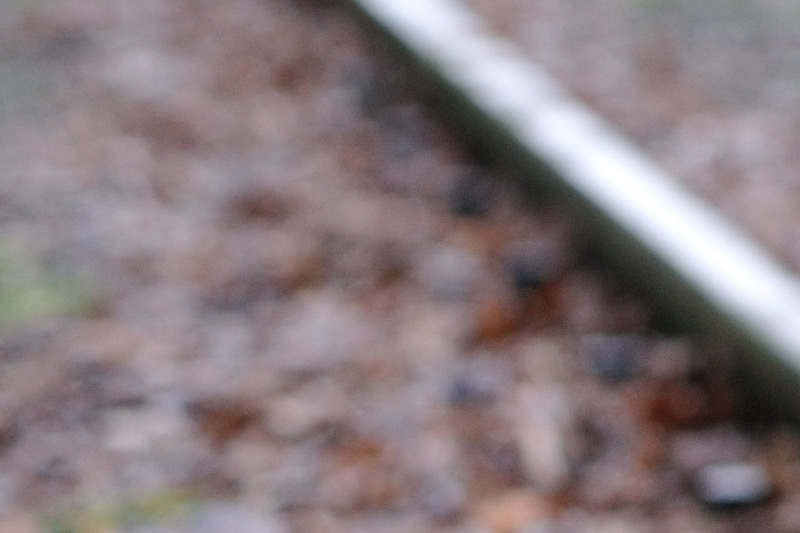
|
|
Nikkor 50mm f/1.2 @F2.8. |
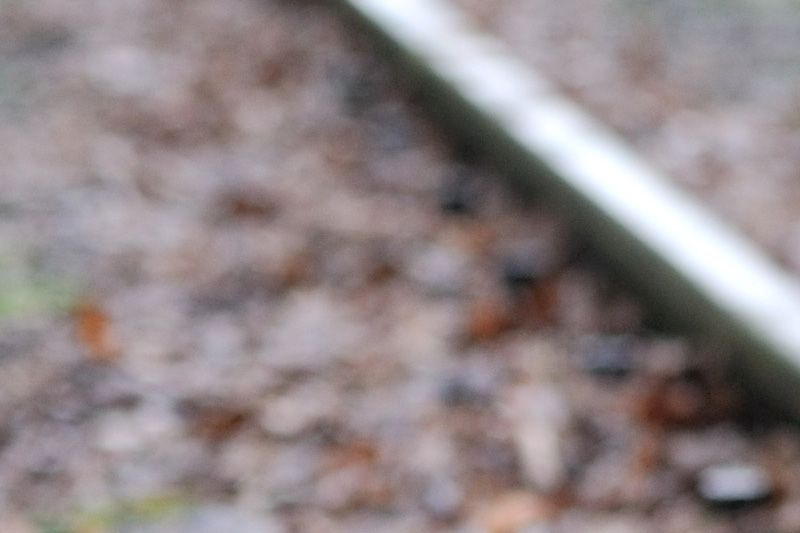
|
|
AF Nikkor 50mm f/1.4 @F2.8. |
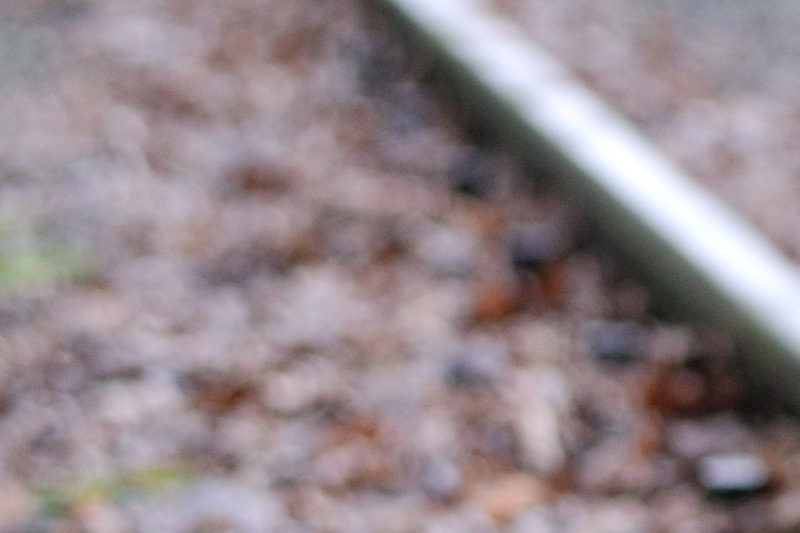
|
|
AF-S Nikkor 50mm f/1.8 @F2.8. At F2.8 the f/1.8 is the worst. |
Even at F1.4 and at F4 the f/1.2 is the best, but it is just a tick better than the other(s).
Let's have a look at another test image at F2:
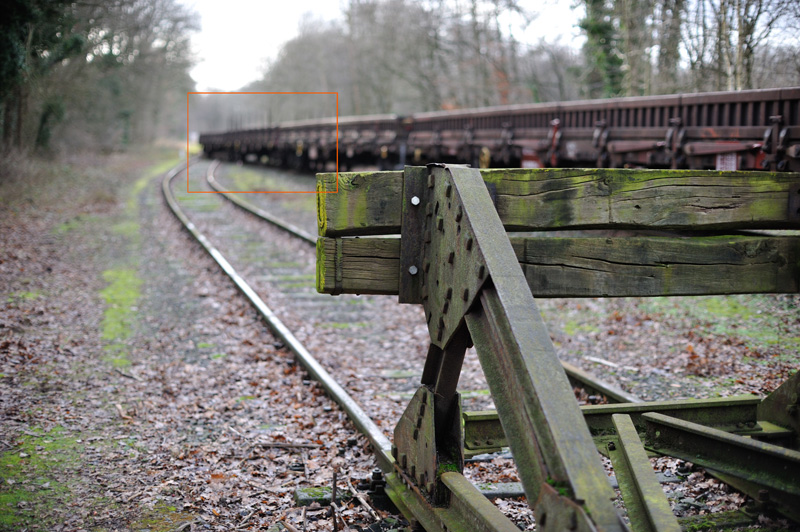
|
|
Nikon D700 plus Nikkor 50mm f/1.2 at F2 and at a focus distance of 4 metres. |
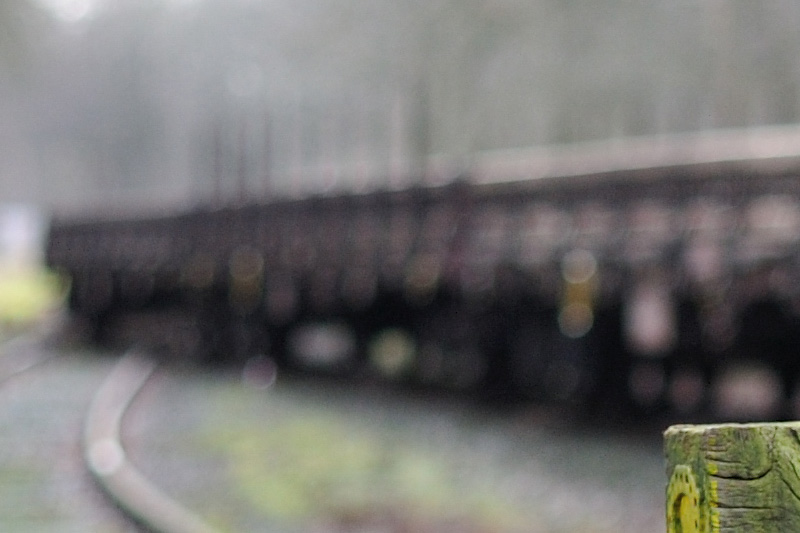
|
|
100% crop: Nikkor 50mm f/1.2 @F2. |
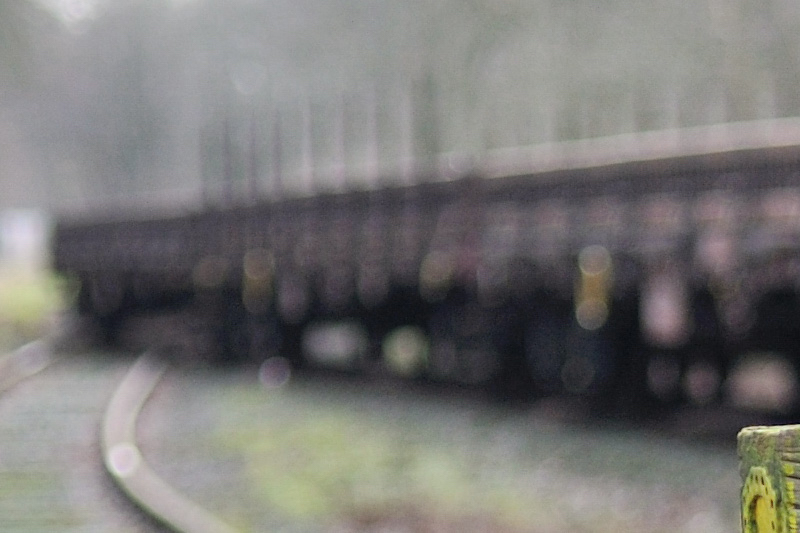
|
|
AF Nikkor 50mm f/1.4 @F2. The f/1.2 looks slightly better to me. |
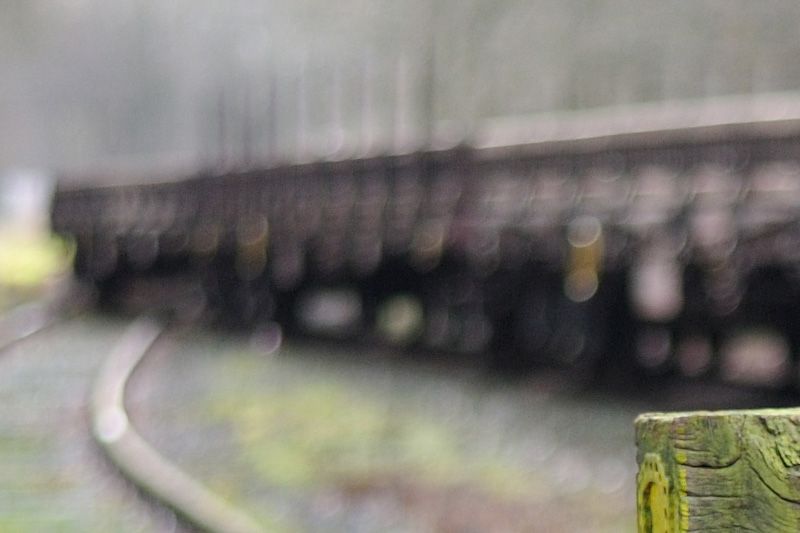
|
|
AF-S Nikkor 50mm f/1.8 @F2. This is the worst of the three lenses here. |
The same image, but now at F2.8 and with a different crop - for me the f/1.2 wins again:
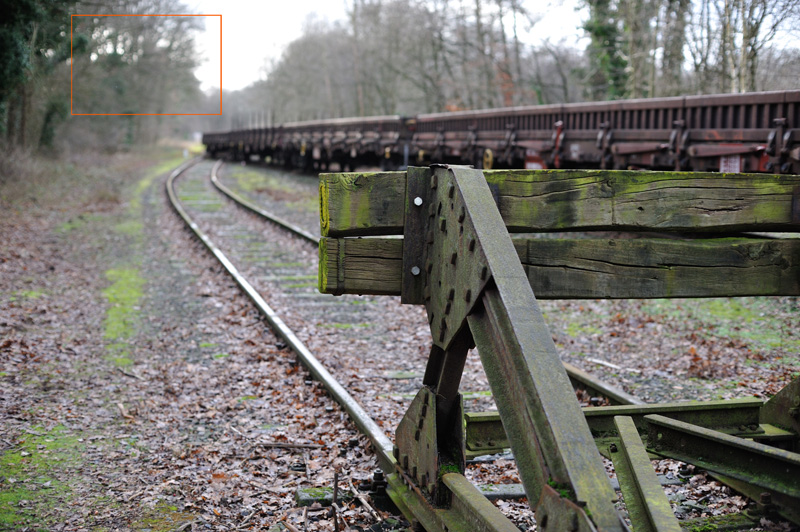
|
|
Nikon D700 plus Nikkor 50mm f/1.2 at F2.8 and at a focus distance of 4 metres. |
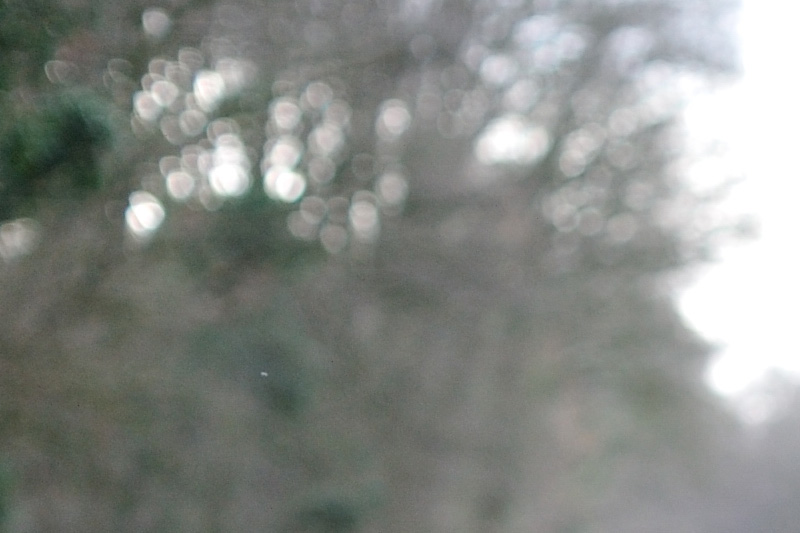
|
|
100% crop: Nikkor 50mm f/1.2 @F2.8. |
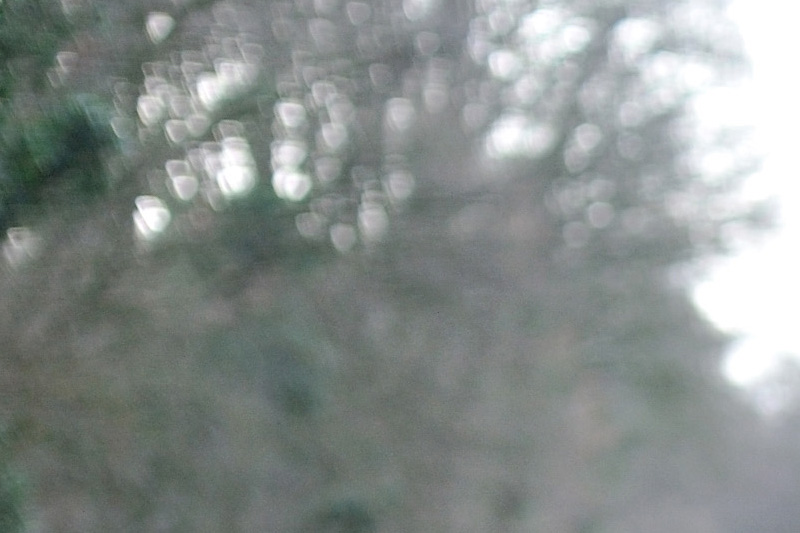
|
|
AF Nikkor 50mm f/1.4 @F2.8. |
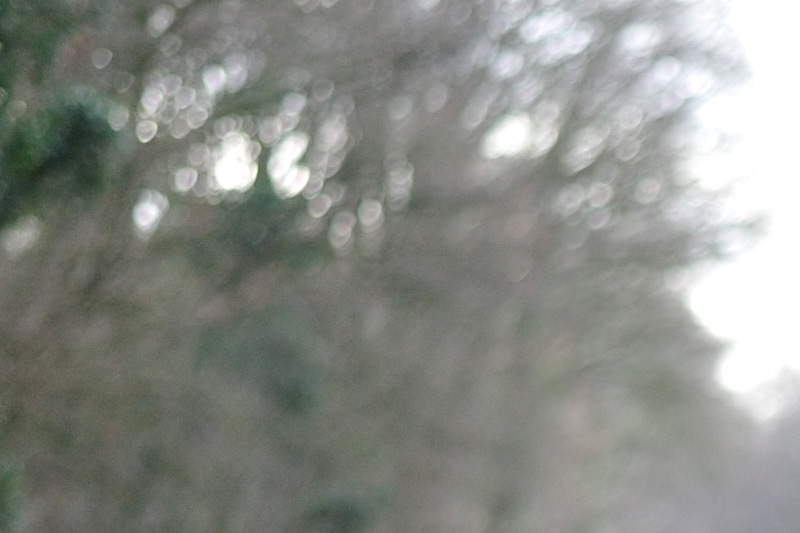
|
|
AF-S Nikkor 50mm f/1.8 @F2.8. |
At last a close-up image at F2.8:
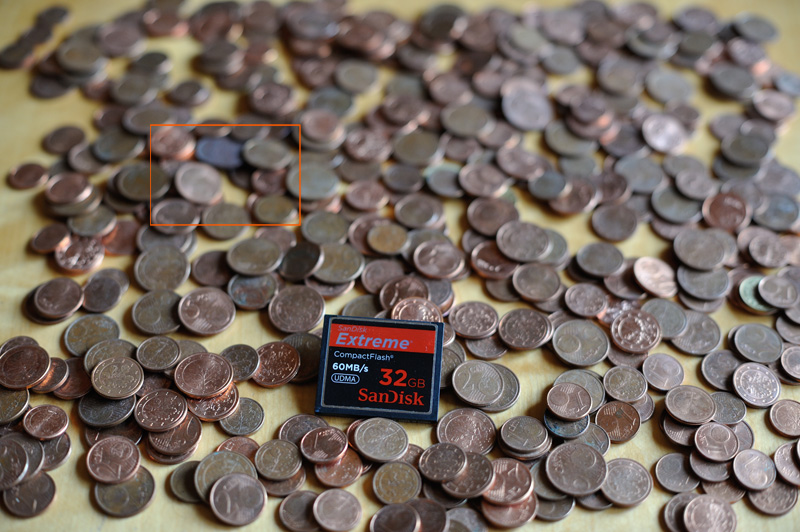
|
|
Nikon D700 plus Nikkor 50mm f/1.2 at F2.8 and at a focus distance of 0.55 metres. |

|
|
100% crop: Nikkor 50mm f/1.2 @F2.8. |

|
|
AF Nikkor 50mm f/1.4 @F2.8. The f/1.2 and the f/1.4 perform on the same level here. |

|
|
AF-S Nikkor 50mm f/1.8 @F2.8. This lens is clearly the worst here. |
The 55mm Micro-Nikkors are tack-sharp lenses. But they are not known for producing a creamy bokeh. The latest 55mm Micro-Nikkor is no exception as we can see below. The bokeh-reputation of the 60mm AF-S is better, rightly!
Analogous to the standard lenses, we begin with the transition zone, first at F2.8:
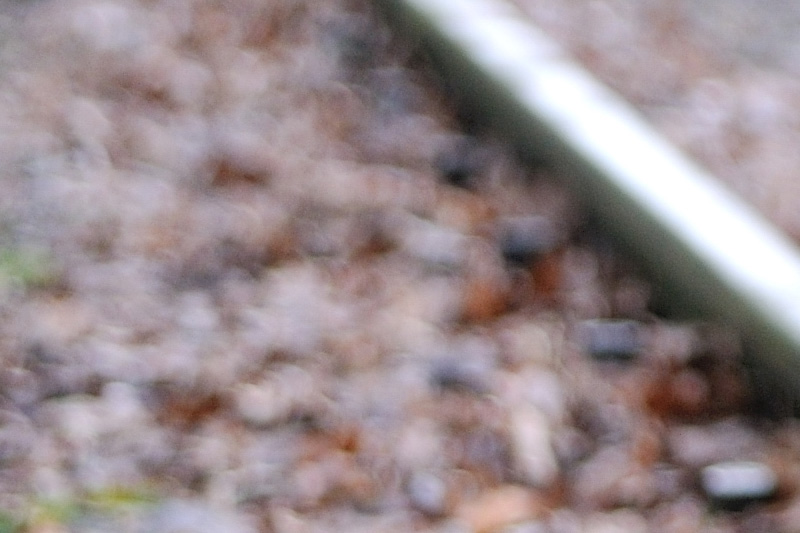
|
|
AF Micro-Nikkor 55mm f/2.8 @F2.8. |
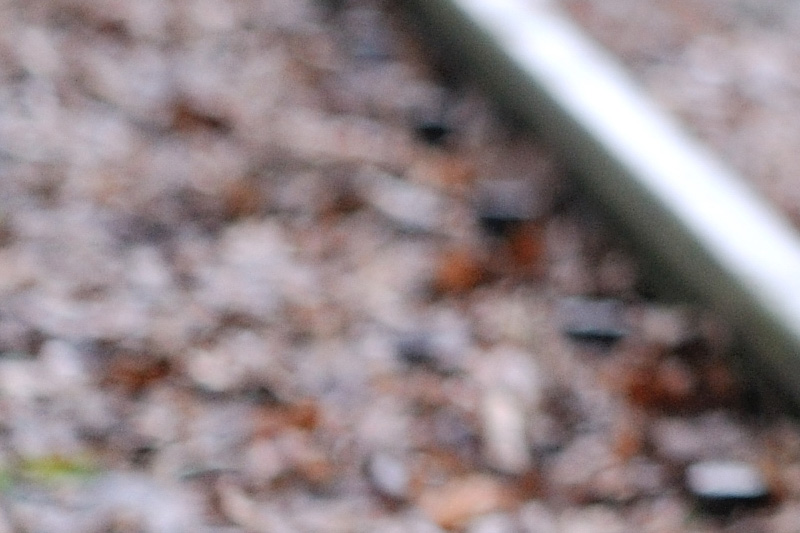
|
|
AF-S Micro-Nikkor 60mm f/2.8 @F2.8. It's clearly better than the 55mm! |

|
|
As a reference: Nikkor 50mm f/1.2 @F2.8. It's clearly better than the Micro-Nikkors. |
Now at F4 - for my eyes the ranking is the same:
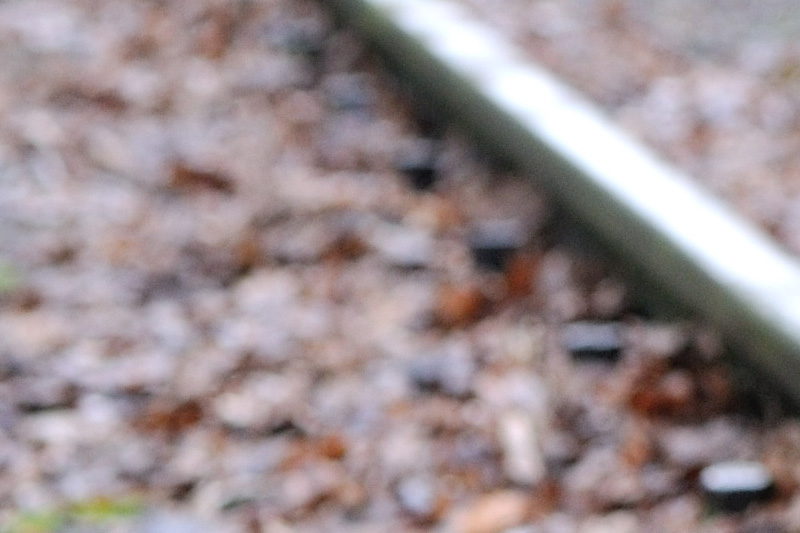
|
|
AF Micro-Nikkor 55mm f/2.8 @F4. |
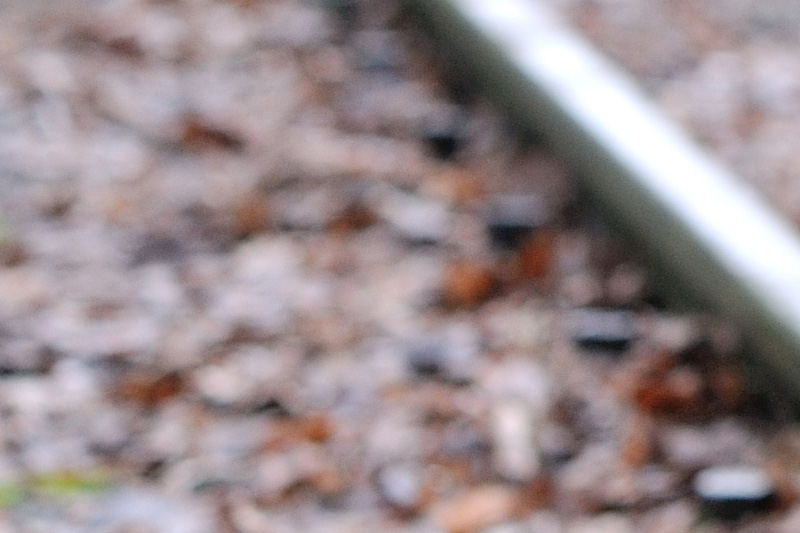
|
|
AF-S Micro-Nikkor 60mm f/2.8 @F4. |
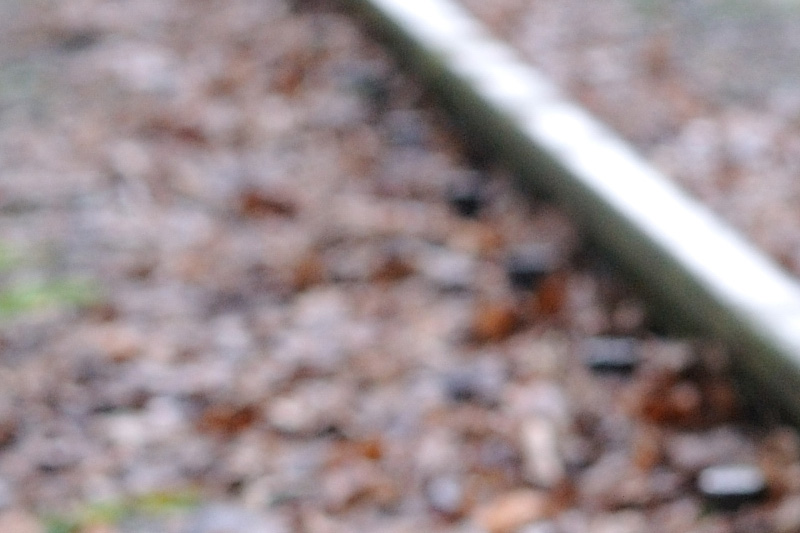
|
|
Nikkor 50mm f/1.2 @F4. |
The railway wagons at F2.8:
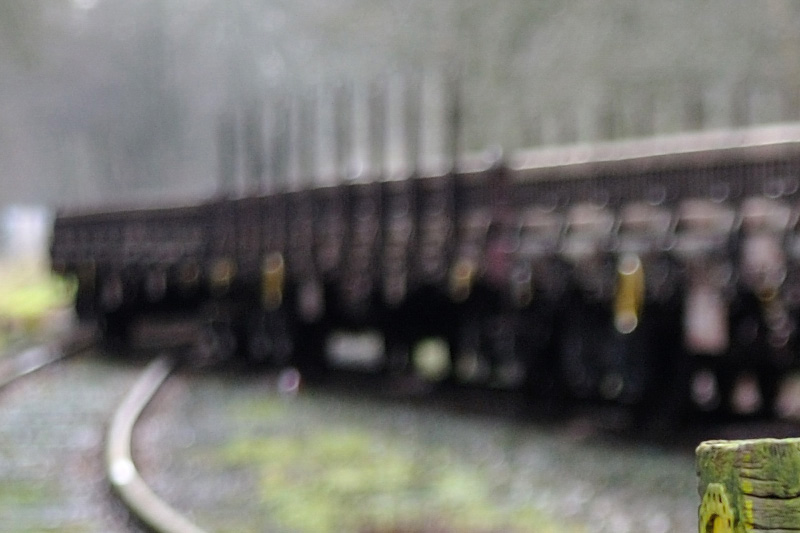
|
|
AF Micro-Nikkor 55mm f/2.8 @F2.8. |
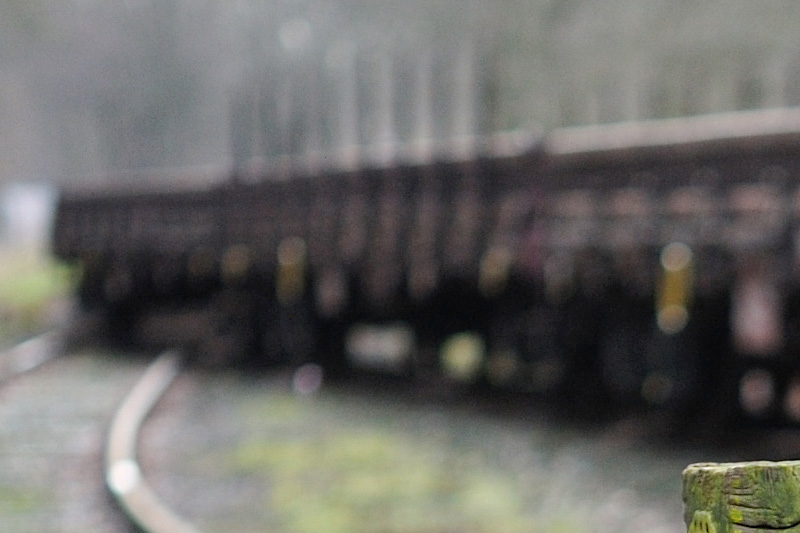
|
|
AF-S Micro-Nikkor 60mm f/2.8 @F2.8. The 60mm is clearly better! |
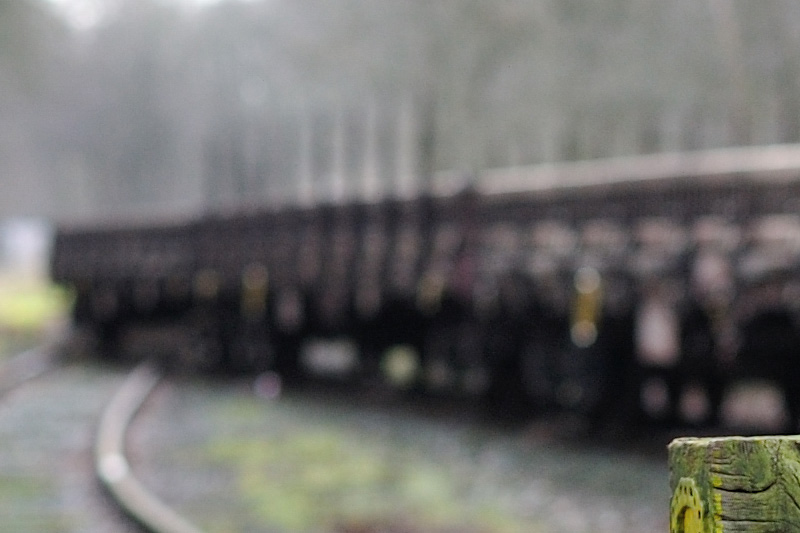
|
|
Nikkor 50mm f/1.2 @F2.8. The bokeh is comparable to the 60mm Micro-Nikkor. |
My cash reserves at F2.8:

|
|
AF Micro-Nikkor 55mm f/2.8 @F2.8. |

|
|
AF-S Micro-Nikkor 60mm f/2.8 @F2.8. Better than the 55mm! |

|
|
Nikkor 50mm f/1.2 @F2.8. The best here! |
For the last comparison I shot with the 55mm Micro-Nikkor at a magnification of 1:2 at about F4. Swapping to the 60mm lens (the camera was mounted on a tripod) showed the focus-breathing issue of the AF-S lens: the magnification was significantly less than 1:2. "Focus breathing" means that the focal length gets shorter as you go closer - in my eyes a bad trick which many modern lens designs have in common!
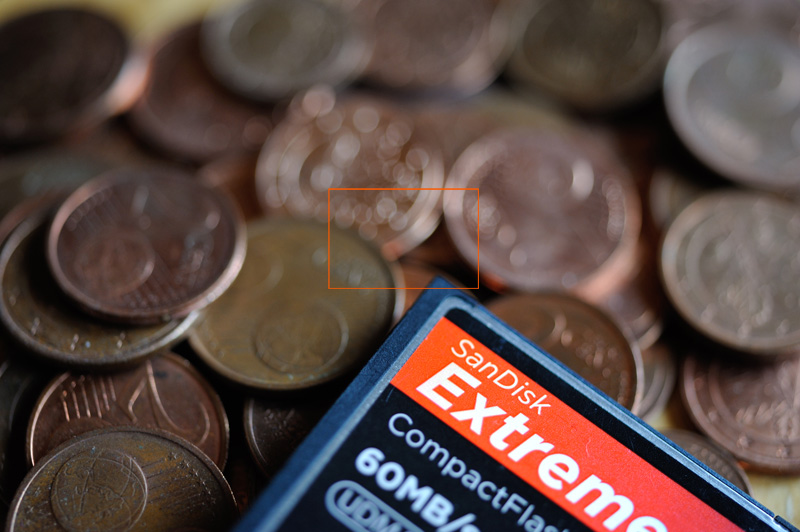
|
|
AF Micro-Nikkor 55mm f/2.8, magnification 1:2, wide open, means F4.2. |
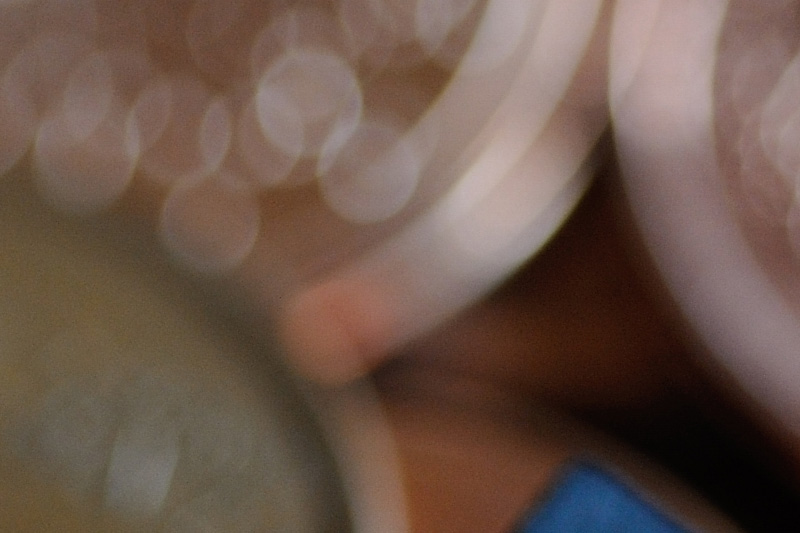
|
|
100% crop: AF Micro-Nikkor 55mm f/2.8 @F4.2. |
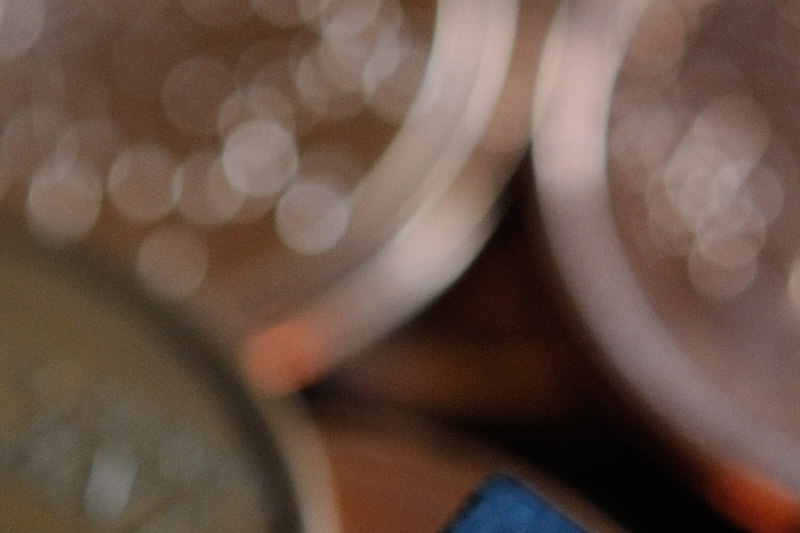
|
|
100% crop: AF-S Micro-Nikkor 60mm f/2.8 @F4 |
The two lenses are difficult to compare. Overall I would say that the 60mm Micro-Nikkor has no advantages in terms of bokeh here. In my opinion the 55mm looks slightly better. Besides: the 60mm shows significant bokeh fringing here!
The conclusion is easy: the winner is the 30-year-old Nikkor 50mm f/1.2. Especially at F2 and F2.8 it is better in terms of bokeh than any other lenses in this comparison. Nevertheless, wide open the blur looks ugly for me.
The modern AF-S Micro-Nikkor 60mm f/2.8 is overall clearly better than its 55mm grandfather, but not as good as the f/1.2. And if you go really close, the 60mm has no advantages over the 55mm!